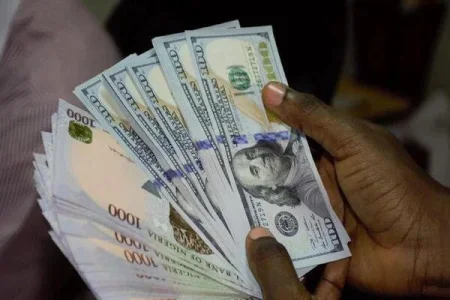
The naira fell to a four-month low of N1,603.80/$1 on July 25, 2024, marking a 1.07% drop from the previous day. Despite efforts by the Central Bank of Nigeria (CBN) to stabilize the currency through FX sales and support measures, demand pressure continues to affect the exchange rate.
On July 25, 2024, the naira fell to its lowest point in four months, closing at N1,603.80 per dollar on the Nigerian Autonomous Foreign Exchange Market (NAFEM) window. This represents a 1.07% depreciation from the previous day’s rate of N1,586.71/$1, and marks the first time the naira has breached the N1,600 barrier since March 14, 2024, when it was N1,608.98/$1.
The local currency saw a trading range between N1,620/$1 and N1,519/$1 on Thursday, reflecting heightened demand pressures. This depreciation comes just days after the naira experienced significant gains, its best performance since March. Foreign exchange turnover also dropped by 23.35%, from $171.03 million to $131.09 million, despite recent assurances from the Central Bank of Nigeria (CBN) of continued liquidity support.
The CBN had earlier sold $106.5 million to 29 FX dealer banks and approved $20,000 sales to Bureau de Change (BDC) operators at a rate of N1,450/$1 to bolster the naira. However, the naira remains under pressure from increased demand, influenced by the bullish dollar index and seasonal factors. CBN Governor Yemi Cardoso expressed cautious optimism about managing the currency crisis but acknowledged ongoing challenges. Financial analysts predict a potential stabilization within a range of N1,423.26/$ to N1,550/$ by year-end.




